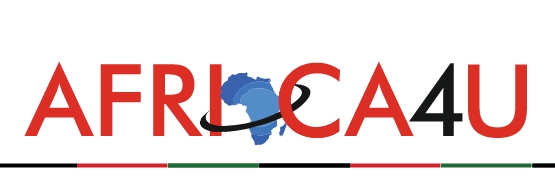(3 minutes read)
Namibia is on the move to establish itself as a renewable energy hub in Sub-Saharan Africa and is looking forward to partnering with the European Union in its efforts to achieve carbon neutrality by 2050, stated Namibian President Hage Geingob.
Namibia is on the move to establish itself as a renewable energy hub in Sub-Saharan Africa and is looking forward to partnering with the European Union in its efforts to achieve carbon neutrality by 2050, stated Namibian President Hage Geingob. According to the REPowerEU, the European Union estimates it will require 20 million tonnes of clean hydrogen and plans to import half of this from countries such as Namibia by 2030.Namibia with its “Harambee Prosperity Plan II” (HPPII) is banking on renewable hydrogen and ammonia to become main drivers for the country’s post-Covid-19 pandemic economic recovery.
To take this forward a dedicated sub-committee has been constituted to monitor the implementation of the partnership and to report as per article 8 of the Political Dialogue between the EU and Namibia. This dialogue is a clear indication of the goodwill that exists between the people of the EU and Namibia and a recognition that when moving as one, both have a better chance to respond to the existential risks posed by climate change, stated President Geingob at the EU-Namibia Business Forum in Brussels, Belgium, today.
Namibia is endowed with year-round sunlight, proximity to the Atlantic Ocean and abundant wind power resources. These endowments provide a strong foundation for Namibia to become an exporter of a diverse portfolio of clean energy products. The production and export of renewable hydrogen and its derivatives, coupled with energy efficiency, electrification, and direct use of renewable energy, will offer Namibia the opportunity to achieve energy security. It also provides a solid foundation to establish new clean industries.
The President further stated that the country’s renewable energy ambitions also present an opportunity to diversify the country’s economy, attract foreign investments and create jobs. Using Namibia’s natural bounty of renewable energy and access to desalinated water to manufacture clean molecules such as hydrogen and ammonia is indeed a value-additive economic activity that will result in systemic flows of foreign direct investment, significant gross fixed capital formation, impactful employment creation and diversification of Namibian exports to the EU and the world.
Read Also:
https://trendsnafrica.com/kenyan-ffi-strives-for-green-hydrogen-jv-with-namibia/
https://trendsnafrica.com/namibia-leads-african-green-energy-bandwagon/
This comes as EU Commission President Ursula von der Leyen and Namibian President Hage Geingob signed a memorandum of understanding last year to secure the supply of raw materials for digitalisation, refined materials and renewable hydrogen. According to government data, Namibia enjoys a meaningful trade surplus with the EU, with exports to the country’s primary sector, namely frozen fish, unrefined copper, diamonds, uranium, cobalt, zinc, fresh grapes and charcoal. The EU accounts for 21.6% of Namibia’s exports and 13.6% of its imports





